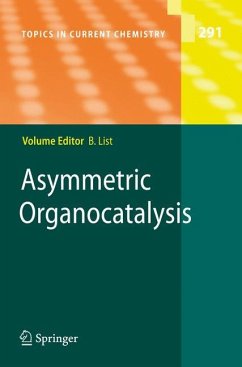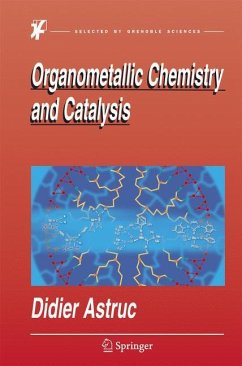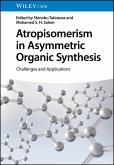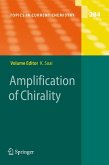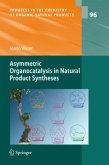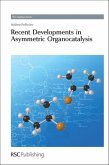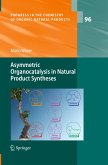As nucleophiles, simple alkenes are typically so unreactive that only highly active electrophiles, such as carbocations, peroxides, and halogens will react with them. For the generation of carbon-carbon bonds, milder methods will often be required. Fortunately, it is possible to increase the reactivity of alkene-type p-nucleophiles by introducing electron-donating substituents. Substitution of one H with an OH or OR gives an enol or a vinyl ether, which are already much better nucleophiles. Using nitrogen instead of oxygen, one obtains even better nucleophiles, enamines. Enamines are among the most reactive neutral carbon nucleophiles, exhibiting rates that are even comparable to some charged nucleophiles, such as enolates [1, 2]. Most enamines, unfortunately, are sensitive to hydrolysis. The parent enamine, N,N-dimethylvinylamine, has in fact been prepared [3], but appears to be uns- ble. Enamines of cyclic ketones and many aldehydes can readily be isolated, however [4 7]. The instability of enamines might at first appear to diminish the utility of enamines as nucleophiles, but actually this property can be viewed as an added benefit: enamines can be readily and rapidly generated catalytically by using a suitable amine and a carbonyl compound. The condensation of aldehydes or ketones with amines initially affords an imine or iminium ion, which then rapidly loses a proton to afford the corresponding enamine (Scheme 1).
Hinweis: Dieser Artikel kann nur an eine deutsche Lieferadresse ausgeliefert werden.
Hinweis: Dieser Artikel kann nur an eine deutsche Lieferadresse ausgeliefert werden.

